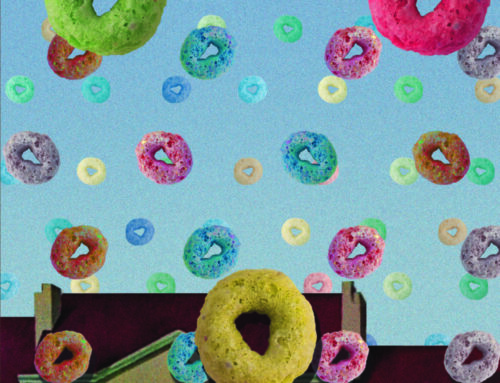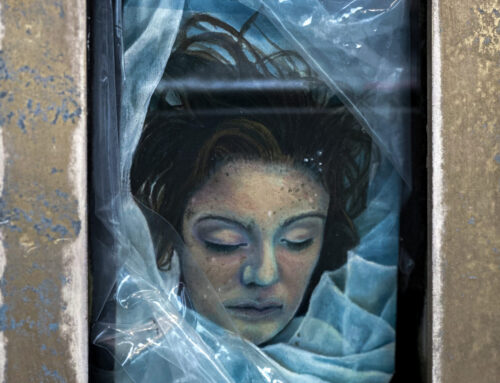Printing and Photography edition!
Let’s take some time to honor the black inventors that shaped the printing and photography industry as we know it today. It may inspire you to find out what hidden figures are in your own industry or interests in general.
Let’s start this off with someone who you all know. He may be known as the peanut butter guy, but he accomplished so much more than that throughout his lifetime.
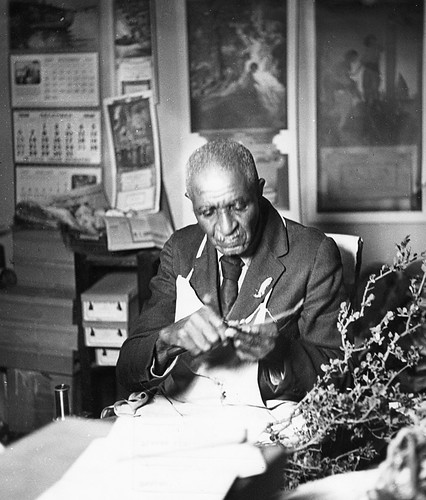
Dr. George Washington Carver was an American scientist, educator, and inventor.
Photo Courtesy National Archives and Records Administration.
George Washington Carver (1864–1943)
Invented printer’s ink as one of the many ways to make legumes profitable. A majority of today’s oil-based printer ink used linseed or soybean oil as a solvent to combine pigments. This kind of ink then dries through evaporation.
Carver was born into slavery and became one of the most prominent botanists and inventors of his time. He was accepted into Simpon College Indianola, Lowa where he said “the kind of people at Simpson College made me believe I was a human being,” Before that, Highland Presbyterian College in Kansas had been impressed by his application essay and had even granted him a full scholarship, but turned him away when he arrived because they didn’t know he was black.
His art mentor, Etta Budd, encouraged him to pursue botany after noticing his unusual attention to detail in his paintings on plants and flowers. Iowa State Agricultural School (now Iowa University) was so impressed by his study on common fungal infections to soybean plants, they asked him to become part of the faculty as he worked on his master’s degree.
Mark E. Dean (1957)
Holds three of the nine patents for the original IBM personal computer as well as many other patents received during his IBM career. He was inducted into the National Inventors Hall of Fame in 1997 for US Patent 4,528,626 “for a microcomputer system with bus control means for peripheral processing devices.” Dean also managed the team that created the one-gigahertz processor chip. He continued to further his education, pursuing a master’s degree and eventually a doctorate from Stanford University. Dean also excelled in many different areas, standing out as a gifted athlete and an extremely smart student who graduated with straight A’s from Jefferson City High School. In 1979, he graduated at the top of his class at the University of Tennessee, where he studied engineering.
He holds the most patents for the personal computer, from the first color PC monitor to the first gigahertz disc. He helped launch the personal computer age by developing the new Industry Standard Architecture (ISA) systems bus, a new system that allowed peripheral devices like disk drives, printers, and monitors to be plugged directly into computers. The end result was more efficiency and better integration.
“Black History Month Profile: Mark Dean.” YouTube, uploaded by Entertain_DC, 5 Feb. 2016.
If you took a photography class in high school because you were a fairly antisocial kid that was more excited by the idea of getting to hang out in a dark room with your best bud for a whole 2 hours. I enjoyed taking photos and dark rooms away from every other kid in my high school. But I was also fascinated by the process of developing negatives, picking out a picture that I wanted to develop, and then actually getting to position and expose photo paper for however long I wanted for the blacks to be rich and the whites to be stark in contrast.
Clatonia Joaquin Dorticus (1864-1903)
Invented the improved wash machine for photographs and negatives (patent number 537968). Photographs and negatives need to be soaked in chemical baths during their development to prevent bleaching and staining from residual chemicals and to prevent overwashing.
Dorticus was born in Cuba to a Spanish father and a Cuban mother. He married Married Mary Fredenburgh and had two children together. He lived in Newton, New Jersey during the year his patents were published which is 1895. He died in 1903 at the age of 39 years old.
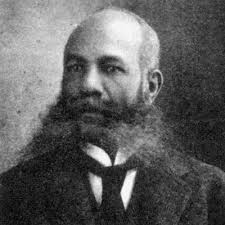
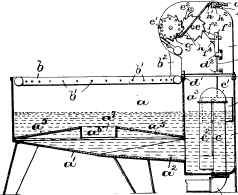
Dorticus’s Photo washing machine.
Bellis, Mary. “Clatonia Joaquin Dorticus.” ThoughtCo, Jan. 3, 2021, thoughtco.com/clatonia-joaquin-dorticus-4072013.
Moving from the confines of Earth to the expanse of Space and beyond…
George Robert Carruthers (1939-2020)
Invented the Ultraviolet Camera or Spectrograph. This invention provided NASA with crucial information about the Earth’s atmosphere and its pollutant concentrations. It was used on April 21, 1972, during the Apollo 16 flight.
The invention was able to prove the existence of hydrogen in interstellar space and capture UV images of 550 stars, galaxies, and nebulae.
As a child, Carruthers’ father encouraged his early interest in science. At the age of 10, he constructed his own telescope with cardboard tubes and mail-order lenses that he had bought with his money as a delivery boy.
In high school, he won three awards in Chicago’s high school science fairs, including first prize for a telescope that he had designed and built.
For his invention of the Spectrograph, Carruthers was awarded NASA’s Exceptional Scientific Achievement Medal. In the 1980s, one of his inventions captured the UV image of Halley’s Comet. His latest invention was the camera that was used in the Space Shuttle Mission in 1991.

George R. Carruthers shaking hands with 44th US President Barack Hussein Obama on February 1, 2013.
Image by Brendan Hoffman/Getty Images North America

Earth photo taken by Far Ultraviolet Camera of Carruthers from NASA.
Support Black Potential!
While is just a very small handful of black inventors from our past, present, and future we hope this inspires more people to get out and support Black talent.




